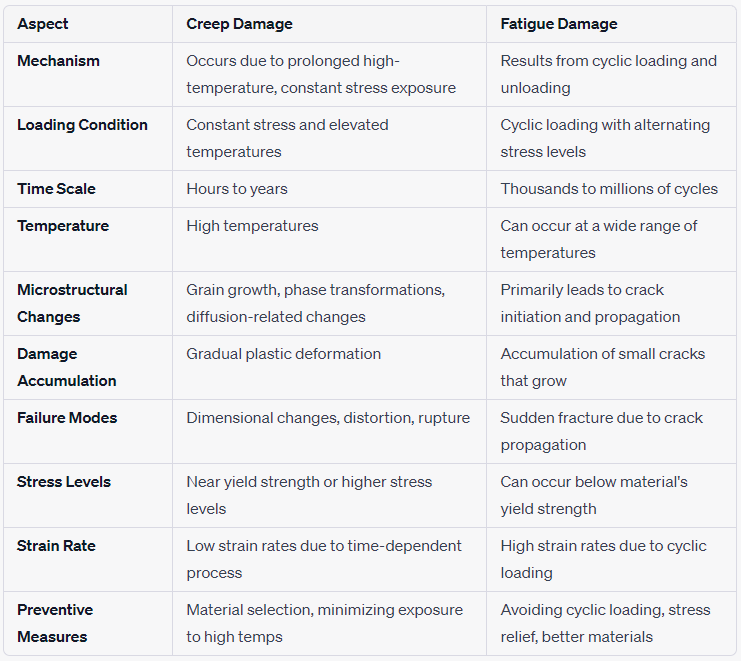Flow Accelerated Corrosion (FAC) Downstream Injection Points
- matintegrity
- Oct 27, 2023
- 2 min read
Flow Accelerated Corrosion (FAC) is a destructive phenomenon that can occur in various industrial systems, particularly in nuclear and fossil power plants, as well as in other high-velocity fluid-carrying structures in oil, gas and petrochemical plants.
Flow Accelerated Corrosion (FAC) is a pervasive and persistent issue in industrial systems where high-velocity fluids are involved. While much attention is typically given to mitigating FAC at upstream injection points, it is equally crucial to address its potential occurrence downstream. FAC downstream injection points can lead to catastrophic failures and safety hazards. This article explores the intricacies of FAC at these injection points, its causes, and effective mitigation strategies.
Understanding Flow Accelerated Corrosion (FAC)
Flow Accelerated Corrosion (FAC) is a specific form of corrosion that occurs in high-velocity fluid-carrying systems. It is characterized by the accelerated dissolution of metallic materials due to the combination of high flow rates, aggressive fluids, and localized geometry effects. FAC typically targets carbon steel and low-alloy steel components, which are commonly used in power plants, petrochemical facilities, and other industrial settings. This corrosion can lead to thinning of the affected components, potentially leading to catastrophic failures if left unchecked.
Challenges of FAC Downstream Injection Points
FAC downstream injection points pose unique challenges due to the different conditions they encounter compared to upstream points:
Variable Flow Conditions: Fluid flow downstream of injection points can vary significantly, causing fluctuations in the corrosion rate. This makes it challenging to predict and control FAC in these areas.
Corrosion Product Transport: Corrosion products generated upstream may travel downstream, further affecting the corrosion rate at injection points. This necessitates continuous monitoring and maintenance.
Inhibitor Dispersion: Ensuring the even dispersion of corrosion inhibitors downstream is complex, as they may not uniformly reach all areas, leaving some parts vulnerable to FAC.
Mitigation Strategies for FAC Downstream Injection Points
To effectively mitigate FAC at downstream injection points, several strategies can be employed:
Material Selection: Implementing corrosion-resistant materials in critical downstream components can significantly reduce the risk of FAC. Stainless steel or alloyed materials are often chosen to replace vulnerable components.
Flow Modelling: Computational fluid dynamics (CFD) simulations can help model the flow patterns and corrosion rates downstream of injection points. This information assists in optimizing the injection strategy.
Regular Inspections: Routine inspections, utilizing non-destructive testing techniques, are crucial to monitor the condition of downstream components. This helps in early detection and intervention to prevent catastrophic failures.
Localized Corrosion Mitigation: Targeting the specific areas downstream of injection points prone to FAC can be an effective approach. Applying localized coatings or linings can provide added protection to these vulnerable regions.







Comments